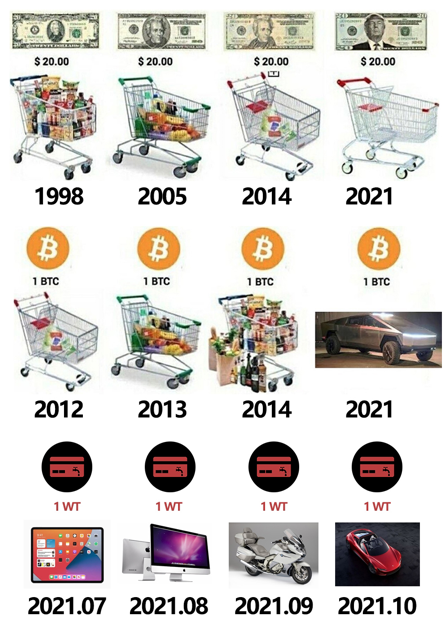Recently, the overall performance of DeFi has been weak. From the data of defipulse, the TVL of the DeFi ecosystem has returned to its low tide again after experiencing an outbreak from April to May. Whether it is the change in the gas price of ETH or the change in the price of DeFi tokens, it seems to announce the decline of the DeFi ecosystem.

*Data sourced from defipulse.com
So, does this mean that the DeFi ecosystem has reached the top?
DeFi has initially verified that the financial industry can operate without the intervention of gatekeepers or centralized intermediaries, creating a decentralized lending and transaction that anyone can safely conduct. Moreover, there are still as many as 1.7 billion people in the world who do not have bank accounts in the traditional financial world. Therefore, as DeFi is only the beginning, innovation and improvement of DeFi’s problems are the way out of DeFi’s predicament.
The Water Tap Contract was initiated by many Bitcoin miners around the world, and jointly with the Gavin Andresen blockchain development team, and the Stanford University Blockchain Research Center, ACA: American Cryptography Association, Oxford University Blockchain Research Center, New York Artificial Intelligence (AI) Co-developed with the Quantum Information Technology R&D Center, etc., and is committed to building a DeFi international comprehensive digital aggregation platform with cross-chain transactions, decentralized exchanges, decentralized mining pools, and digital consumption.
Gavin Andresen is known as the successor of Satoshi Nakamoto and one of the contributors to the Water Tap Contract code. The main functional modules of the Water Tap Contract include Aggregator and Hub, deployed on the blockchain, mainly to help users efficiently match the best transaction routes on different public chains. At the same time, it supports users to add liquidity through tokens from different public chains.
For example, in traditional blockchain transactions, if you want to exchange BNB on Metamask to TUB on MDEX, the exchange process is cumbersome and complicated. Traders need to deposit tokens in a centralized exchange and perform two verifications through KYC. Transaction, and finally withdrawn to the decentralized wallet. In the Water Tap Contract, a one-stop transaction experience is completed through aggregators and cross-chain pools, allowing traders to quickly exchange cross-chain assets directly in their wallets.

The Water Tap Contract uses the combination of the AMM market maker mechanism and the liquidity pool. The advantage of using this solution is that it can continuously improve the liquidity of the tokens and effectively reduce the loss of transaction slippage.
The water pipe solitaire game, Water TAP pledge dividends, LP mining, NFT ecology, cross-chain aggregator, and TAPex decentralized exchange form the Water Tap Contract ecological matrix. From the game ecology to cut into the traffic, quickly obtain user traffic. Users continue to create blood for the TAP ecosystem through various forms of games and various incentive methods created by smart contracts. The platform token TUB cannot be issued, and the destruction mode will inevitably bring about an extremely deflationary market model in the future, which also makes the profits of early players higher than most of the latter. Equity Token WT has the concept of NFT, injecting various rights and benefits including shareholders of the Water Tap Contract, and is expected to be subscribed in New York at 10:00 on July 14, 2021 (UTC-4).
DeFi is still in its growth stage, and a trillion market with 1.7 billion people is yet to be developed. Through the innovative mechanism of Fomo+Socks, the Water Tap Contract is a good solution to the current pain points of DeFi. With the advent of the Water Tap Contract, there will undoubtedly be a larger and longer-lasting outbreak.